| Back in the before times (before shelter in place that is), I picked up a cookbook of recipes from different immigrant groups that have come to Humboldt County over time. The book was published in 1987 and I think is out of print now. It was produced by YES at Humboldt State to raise money for scholarships. It’s actually a great historical resource, giving a short discussion of different immigrant groups that came to the county, when they came here, and what trades they participated in, and where they settled, thanks to help from a number of big names in the local history world - Lynwood Carranco, Martha Roscoe, Peter Palmquist, and Jack Norton to name a few. It also has all kinds of tasty recipes that people brought with them in their travels to the county, and some that were modified when they got here. There are local Native American, Welsh, Laotian, Danish, Italian, English, Swiss, Mien, Indian, Finnish, Norwegian, Greek, Mexican, even the Midwest attributions in the book, from people located all around the county (that’s not an exhaustive list of the different ethnic backgrounds of the foods in the book by the way, it goes on and on). |
| In the book, there are some recipes I recognize from my own family. Aebleskivers come to mind. I’m not exactly sure how a Danish recipe ended up in our German and Luxembourgian family (I think I’m 4th or 5th generation American), maybe it was from my grandparent’s frequent visits to Solvang where the fried dough and related accoutrements are sold. There are also some other ones I’d like to break out at a post-pandemic party (Pink Elephant Party Punch with Grenadine, lemonade, orange juice and a bit of vodka- maybe hold the vodka - recipe from Sylvia Molloy of Bayside), and all kinds of bread. Breadmaking seems to be making a comeback with people at home looking for things to do- and this book is not short on bread recipes. Yugoslavian ones, Portuguese ones, ones with unknown origins... |
Oh my and it has cookie recipes.
For you enjoyment, here’s those two recipes:
| Old fashioned Oatmeal Cookies Ingredients: 1 cup raisins ½ cup hot water ¾ cup butter ½ cup sugar 1 cup dark brown sugar, packed 2 eggs 2 ½ cups flour ½ tsp ground cloves 1 tsp baking soda 3 cups rolled oats 1 ½ tsp salt 1 ½ tsp cinnamon ½ tsp nutmeg | Soak raisins in hot water for five minutes; drain, reserving liquid. Combine butter, sugars, and eggs; beat until fluffy. Set aside. sift together the flour, baking soda, salt, and spice. Blend into sugar mixture. mix in ¼ cup raisin liquid, adding water if necessary. Add oats and raisins, drop onto greased cookie sheets by teaspoonfuls. Bake at 350 degrees for 12-15 minutes. Makes 4 dozen cookies. This cookie recipe has been passed down through three generations of my family. My grandmother made them for my father when he was a child, and they continue to be his favorite cookie. Now I make the cookies for Dad and enjoy them as much as he does. They are the best oatmeal cookies I have ever tasted. Michelle Farden, Arcata |
| Grandma Poe’s Peanut Butter Cookies (this one had a star next to it and a rusted paperclip mark from its previous owner- probably a favorite recipe) ½ cup each of the following: Peanut Butter, shortening, white sugar, and brown sugar 1 tsp baking soda pinch of salt 1 large egg 1 ½ cups flour | Cream butter, shortening, and sugars. add baking soda and salt. add egg, and beat well. Add flour. Roll in small balls and put on a greased cookie sheet. press both ways with a fork. bake at 350 degrees for 10-15 minutes. Makes 3 dozen. Grace and Ed Poe from Trinidad were my adopted grandparents. They often came to stay overnight with us in Arcata. We loved to see them come. Grandma always brought something good to eat. My favorite were these cookies. Paula Flannery, Bayside |
Stay safe, stay healthy, and stay home!
-Katie


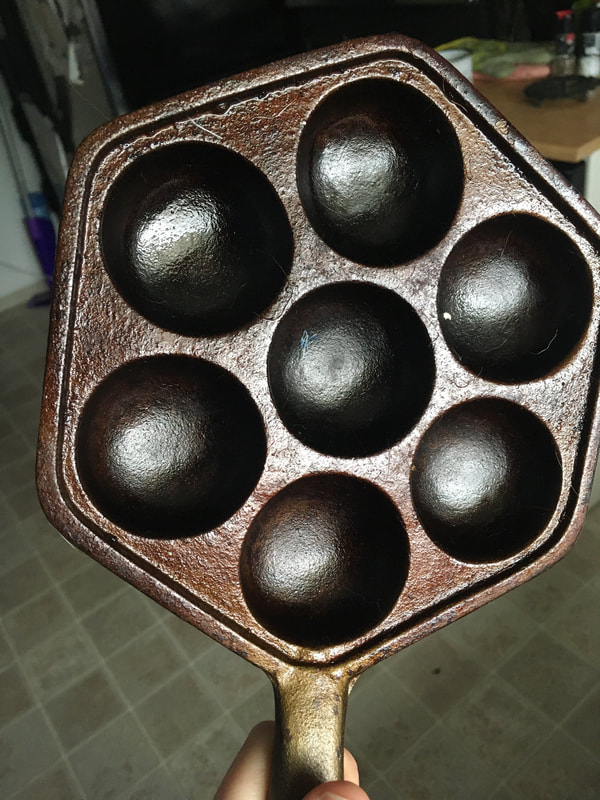
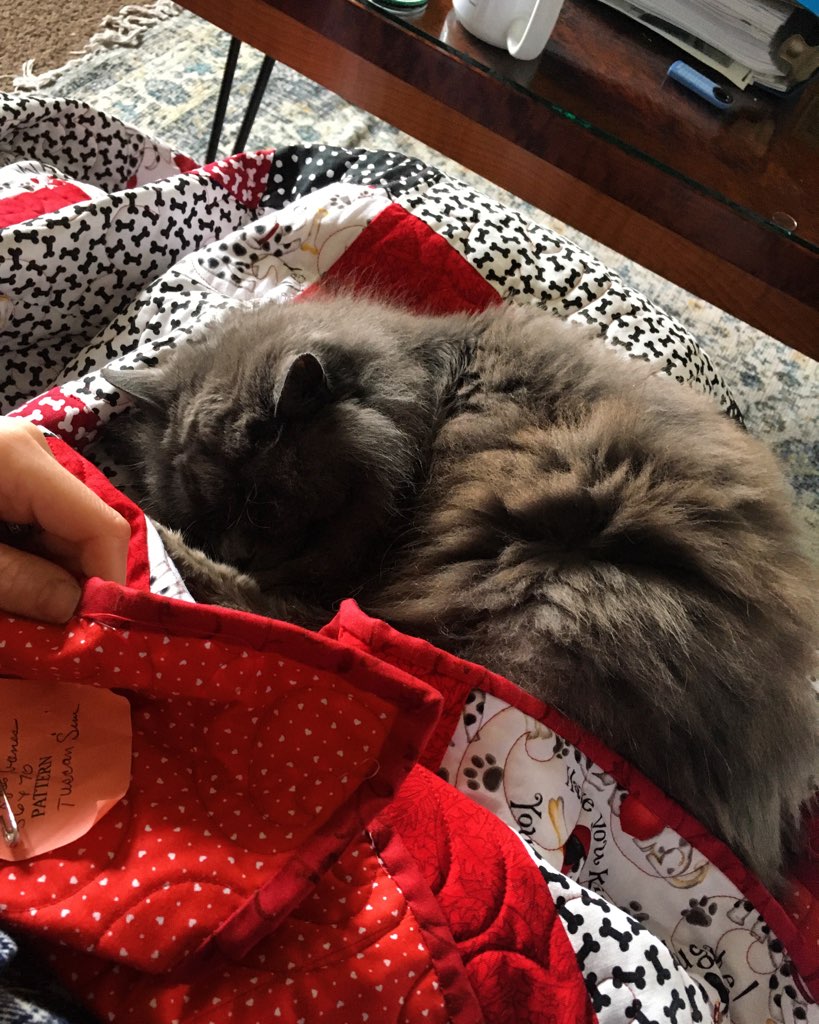
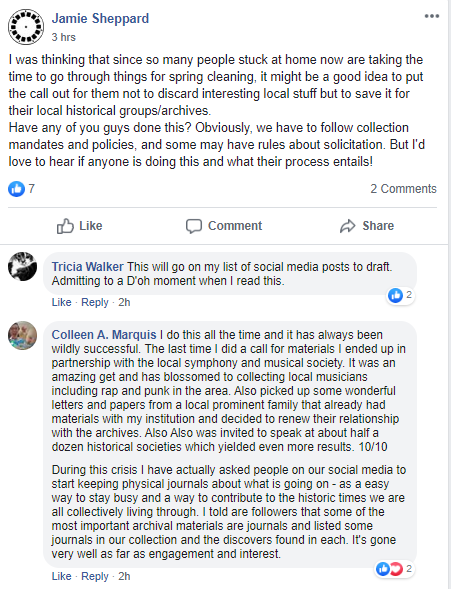
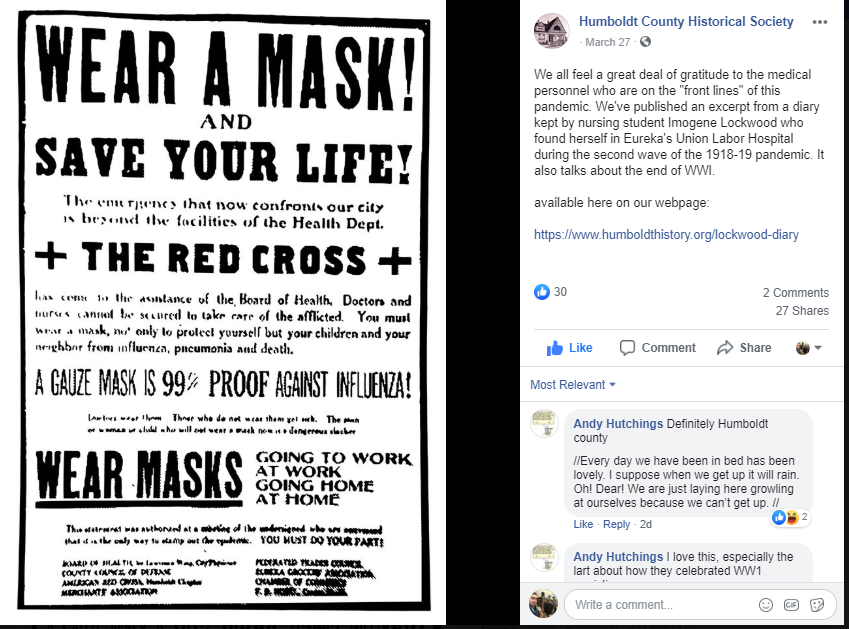
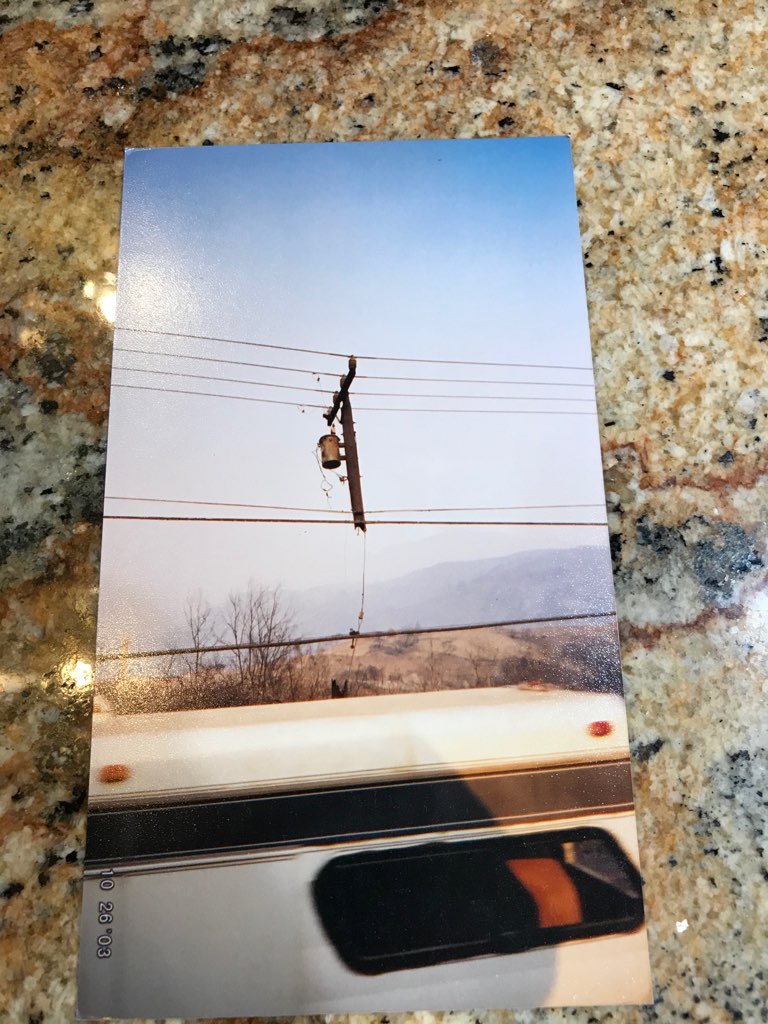
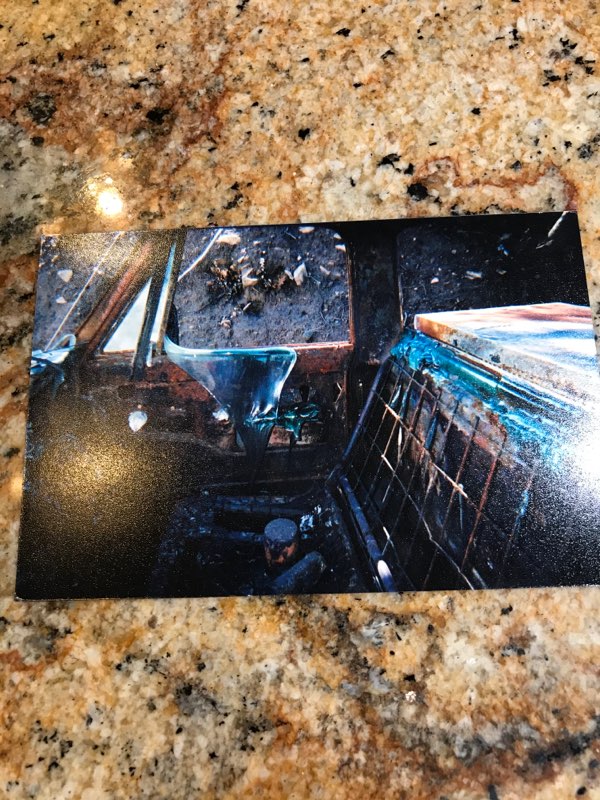
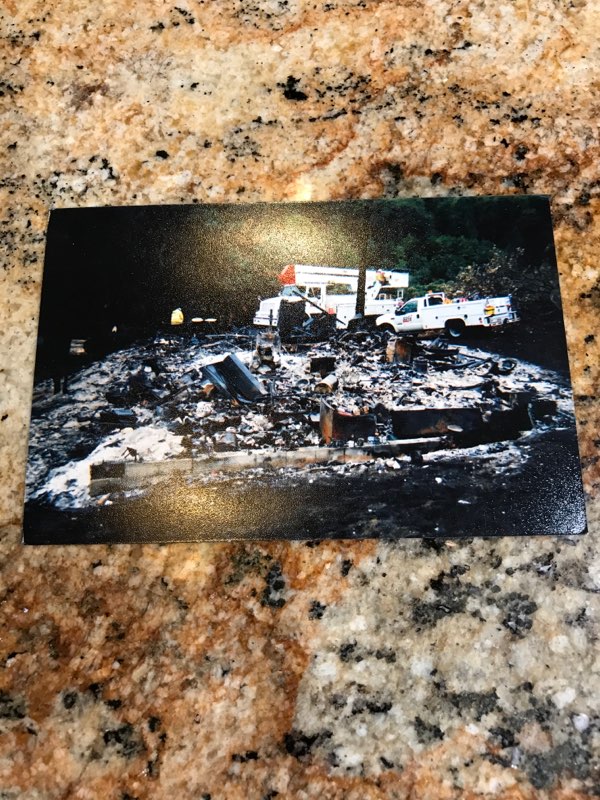
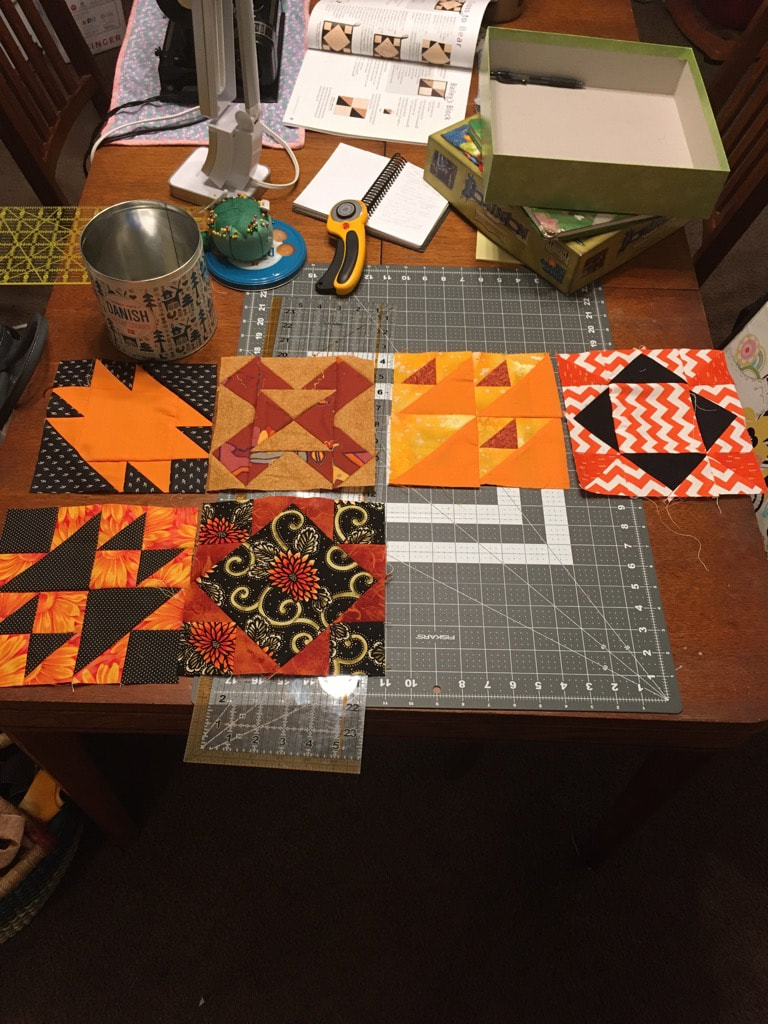
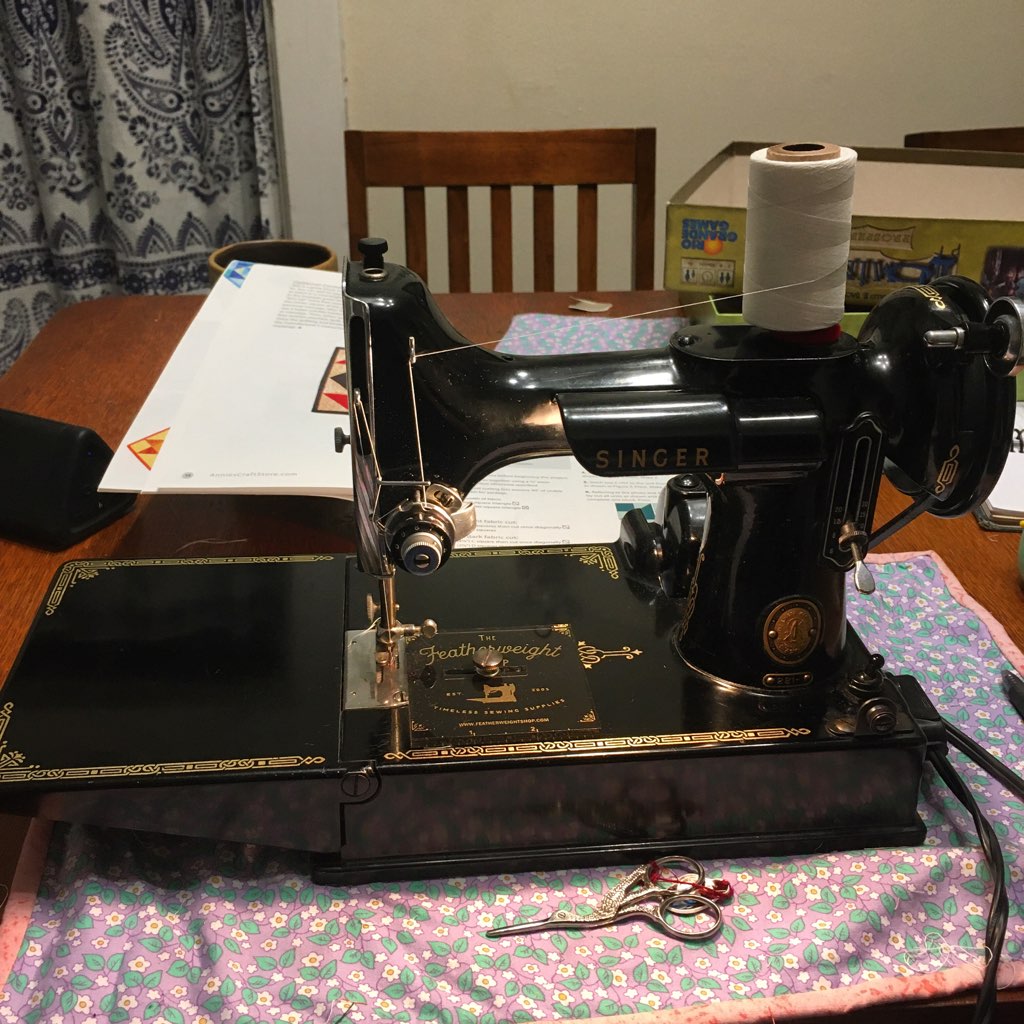
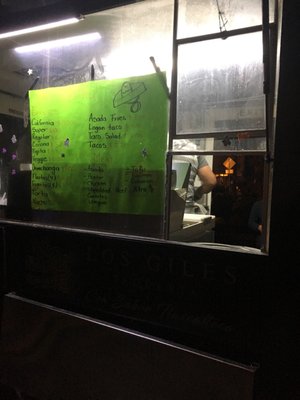
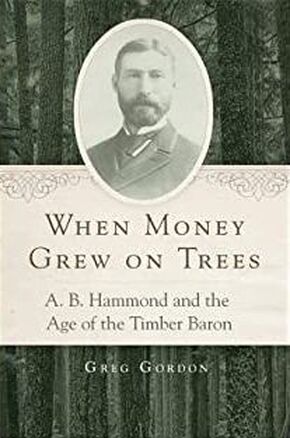
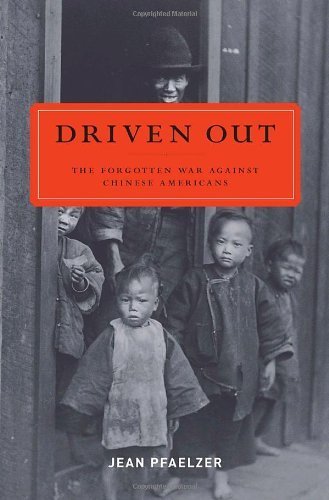

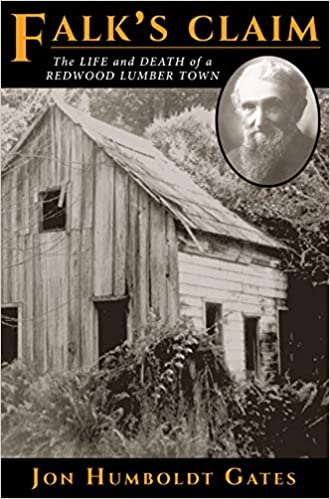
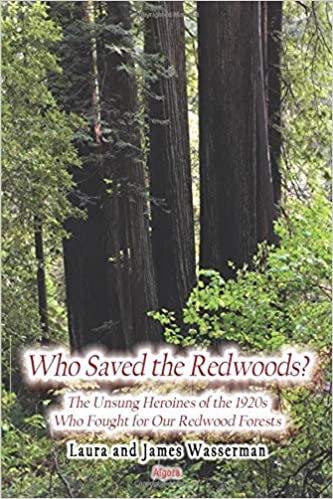
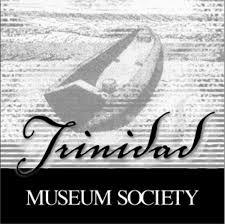
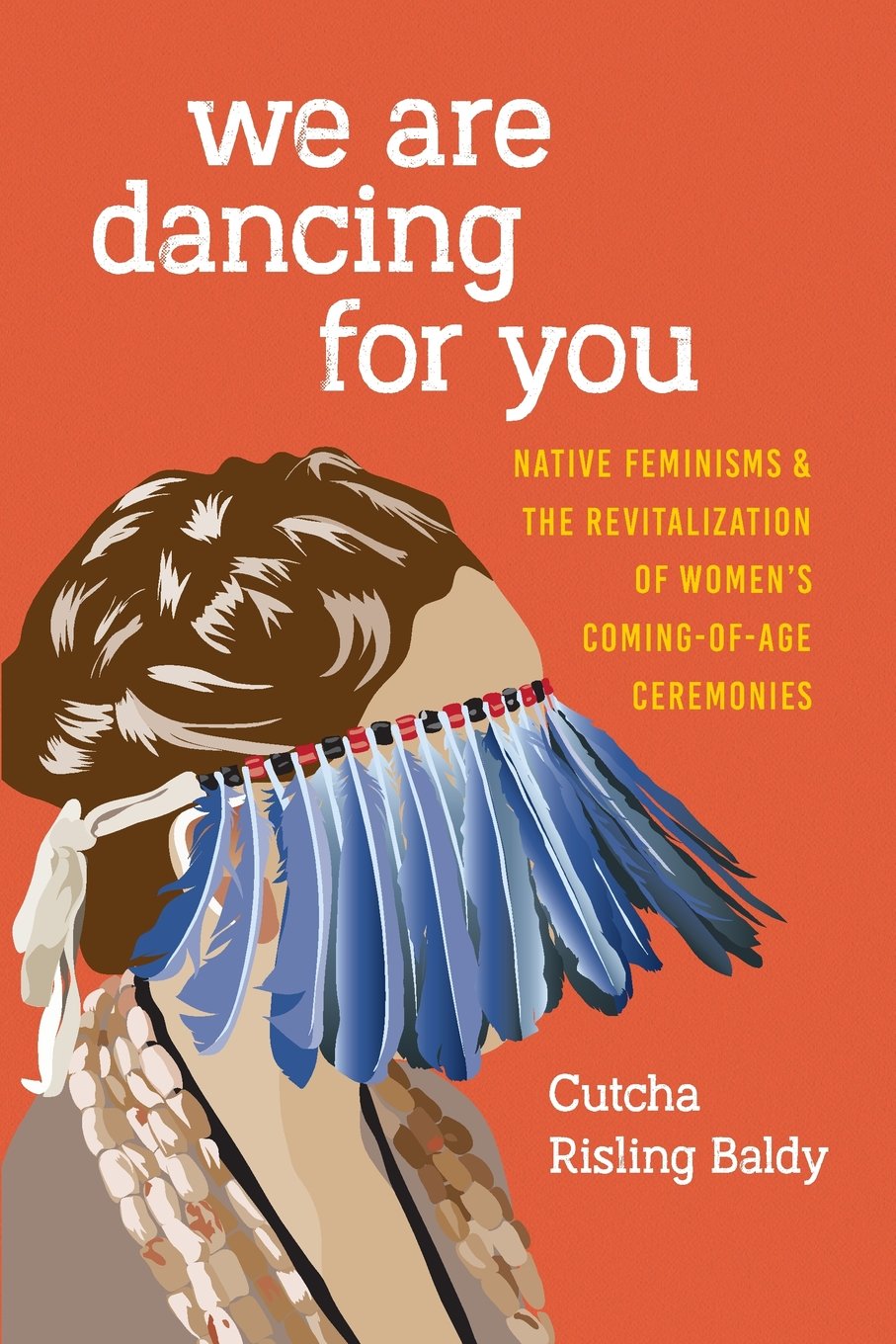
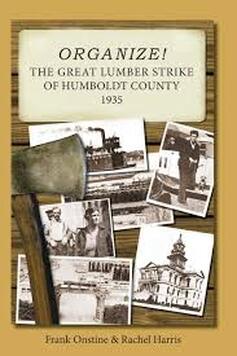
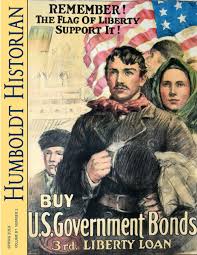
 RSS Feed
RSS Feed